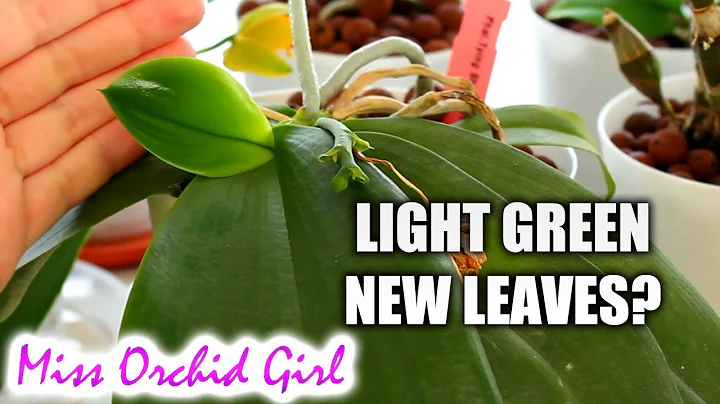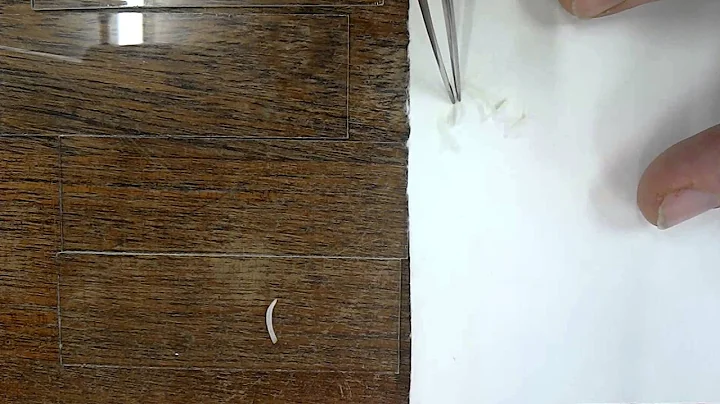Remove the pot and repair the roots: After the orchid has rotten roots, immediately remove the pot and repair the roots, wash them in clean water, and use potassium permanganate or carbendazim to disinfect the root system.
Dry the roots: Place the orchid in a cool and ventilated place to dry until the wound is dry and curled.
Prepare planting material: Prepare new planting material to ensure it is loose, breathable and well-drained.
Repotting: Repot the treated orchid into the planting material.
Later management: Control watering and fertilization after planting.

1. Remove the pot and repair the roots
After the orchid has root rot, it should be removed from the pot and repaired the roots immediately. Check the root system of the orchid, and cut off the dead, old, and rotten roots at the bottom. Be sure to trim them cleanly. After pruning the root system, wash the roots to wash away the bacteria attached to the roots. After washing the roots, use potassium permanganate or carbendazim to disinfect the roots to avoid root rot and the breeding of bacteria.
2. Dry the roots
After treating the roots of the orchid, you must do a good job of drying the roots and do not plant them directly in pots. Place the orchid in a cool and ventilated place to let the roots dry naturally until the wound is slightly dry and curled. This will also allow the roots to shed some moisture, making it easier to pot.

3. Prepare the planting material
Prepare new planting material for orchids. The planting material must be loose, breathable and well drained. You can use burned soil , pine bark , gravel, bricks, peat soil. , oak bark, etc. Prepare a flower pot of appropriate size and put the prepared planting material into the flower pot.
4. Repot the orchid
Replant the treated orchid into the planting material, gently cover the roots, maintain a slightly humid environment, and raise it in a cool and ventilated place to promote the orchid seedlings to adapt.

5. Later management
In order to avoid the recurrence of root rot in orchids, we must pay attention to controlling watering to avoid excessive accumulation of water. We must also control fertilization, avoid top-dressing of concentrated fertilizer or raw fertilizer, and avoid excessive fertilization.





















